Description
Learn about using Cheese whey for sale as a nutritious and cost-effective feed supplement for cattle. Explore its benefits and place order from us now.
Cheese whey for sale
Whey to Go! Boosting Cattle Performance with Dairy’s Byproduct
For generations, cheese making has left behind a valuable byproduct: cheese whey. While often considered a waste stream, cheese whey is a nutrient-rich liquid brimming with potential as a cost-effective and beneficial supplement for cattle feed. Understanding the composition, benefits, and practical considerations of incorporating whey into cattle diets can unlock significant opportunities for improved animal health, productivity, and sustainability.
The Whey of Things: Understanding the Composition
Cheese whey is essentially the liquid remaining after milk has been curdled and strained during cheese production. Its nutritional profile varies based on the type of cheese produced and the processing methods used. However, it generally contains:
- Lactose: The primary carbohydrate, a good source of energy for cattle.
- Minerals: Including calcium, phosphorus, potassium, and magnesium, essential for bone health and overall well-being.
- Vitamins: Trace amounts of vitamins, particularly B vitamins.
- Whey Protein: High-quality protein containing essential amino acids, crucial for muscle development and growth.
- Water: A significant component, contributing to hydration.
The Benefits of Whey Feeding for Cattle
Incorporating whey into cattle diets offers a range of potential benefits:
- Improved Nutrient Intake: Whey provides readily available energy, essential minerals, and high-quality protein, supporting overall nutritional balance.
- Enhanced Palatability: The slightly sweet taste of whey can increase feed intake, particularly in young calves or animals experiencing feed aversion.
- Increased Weight Gain: The energy and protein in whey can contribute to faster growth rates and improved weight gain, especially in growing cattle.
- Improved Digestive Health: Lactose in whey can stimulate the growth of beneficial bacteria in the rumen, aiding in digestion and nutrient absorption.
- Cost-Effective Alternative: In regions where cheese production is prevalent, whey can be a less expensive alternative to traditional feed sources.
- Sustainable Solution: Utilizing whey as animal feed helps reduce waste and promotes a more sustainable food production system.
Practical Considerations for Whey Feeding
While the benefits are clear, successful whey feeding requires careful consideration of several factors:
- Type of Whey: Sweet whey (from cheeses like cheddar) and acid whey (from cheeses like cottage cheese) have different pH levels and nutrient profiles. Sweet whey is generally preferred due to its lower acidity.
- Processing and Storage: Fresh whey spoils quickly. Processing methods like drying or concentration are crucial for long-term storage and transportation.
- Water Content: Due to its high water content, whey should be carefully managed to avoid diluting the overall feed ration.
- Potential for Diarrhea: Overconsumption of whey, particularly high-lactose whey, can lead to diarrhea. Gradual introduction and careful monitoring are essential.
- Mixing and Delivery: Whey can be mixed with dry feed or offered as a liquid supplement. Proper mixing ensures even distribution of nutrients.
- Regulations: Local regulations regarding the use and disposal of whey should be followed.
Whey Feeding Strategies
Several strategies can be employed for incorporating whey into cattle diets:
- Liquid Supplement: Offering diluted whey in troughs as a supplemental water source.
- Silage Additive: Adding whey to silage during ensiling can improve fermentation and nutrient preservation.
- Dry Ingredient: Dried or concentrated whey can be incorporated into complete feed mixes.
- Calf Feeding: Whey-based milk replacers are commonly used for raising calves.
Conclusion: A Resource Worth Exploring
Cheese whey is a valuable resource that holds significant potential for enhancing cattle nutrition and promoting sustainable agricultural practices. By carefully considering the composition, benefits, and practical aspects of whey feeding, producers can unlock a cost-effective and environmentally responsible way to improve animal health, productivity, and overall profitability. As the dairy industry continues to evolve, exploring and optimizing the use of whey will be crucial in creating a more efficient and sustainable food system.

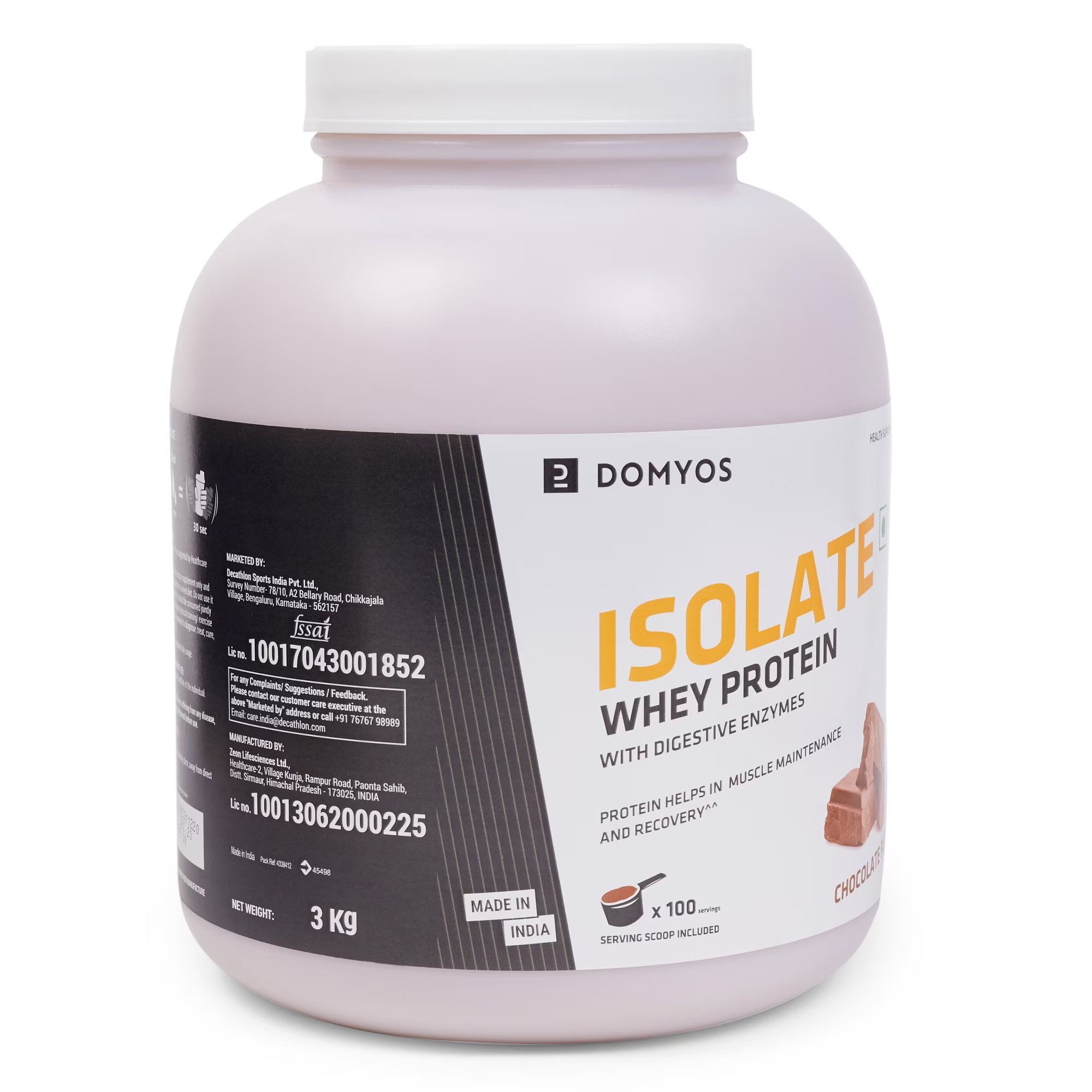




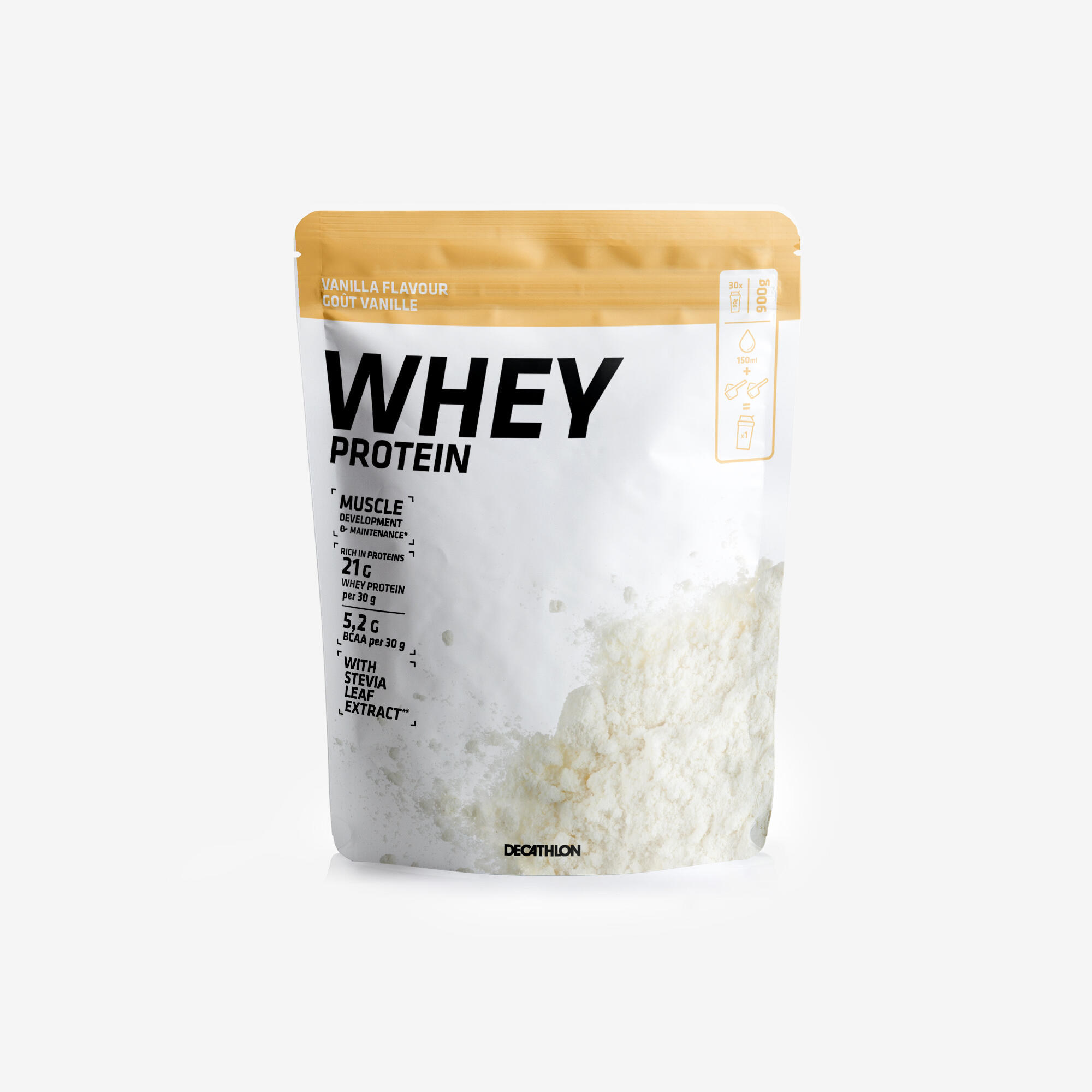

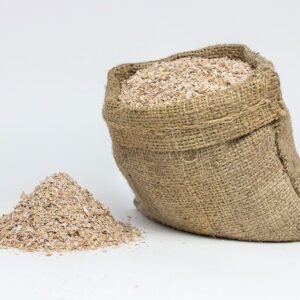
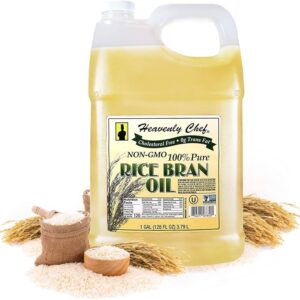
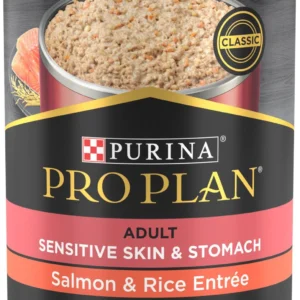


Reviews
There are no reviews yet.